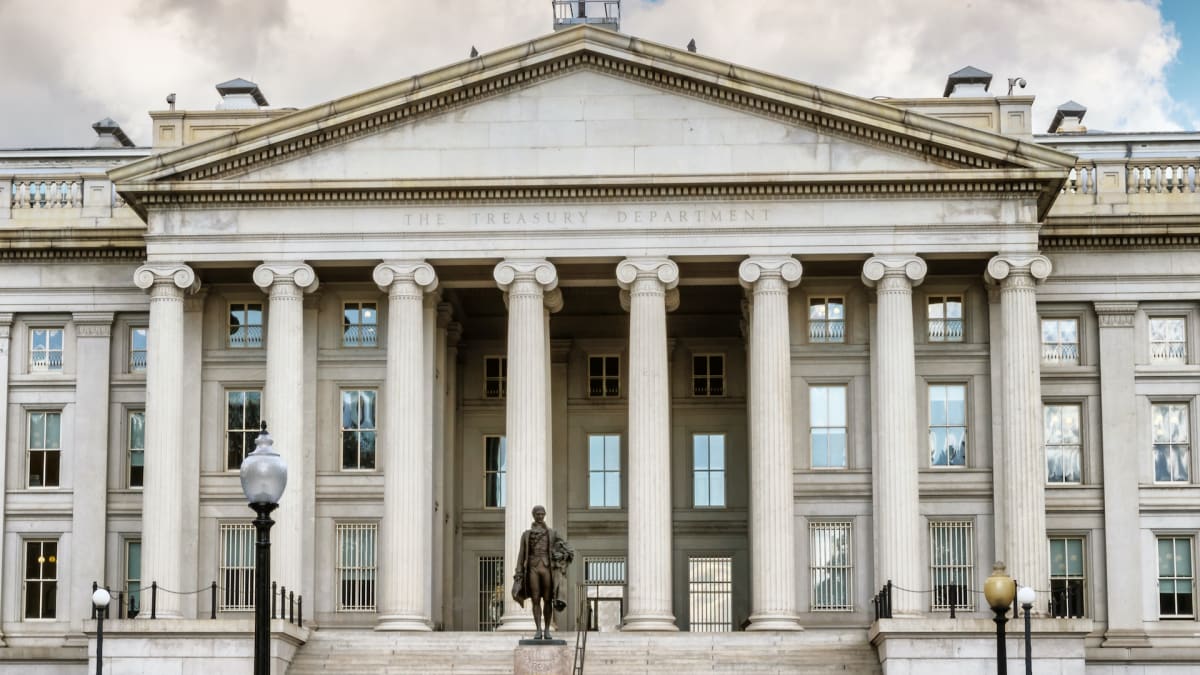

German yields moved higher over the past week, but remain lower on the month. 10-year benchmark Bund yields backed up to -.18% on a +5-basis point rise since last Wednesday, and as in the US, the 5-30s curve flattened. In credit, 10-year investment grade spreads narrowed in marginally to +87 bps, holding however to the tight 2021 range of approximately +80 bps on the downside and +95 bps on the upside. Equites fell over the past week, as the DAX index dropped back inside the 15600 level from where we had seen meaningful upside resistance in the 15800 to 16000 area.
While ECB policymakers appeared in general agreement at the recently-concluded June 18-20 retreat on allowing inflation to run hotter than the 2.00% target given base effects and transitory factors, differences remained as to the extent and duration of such tolerances, how to define or re-define price stability, the path to take in order to achieve price stability, and how the overall message should be framed in public dissemination. There is expressed hope such differences can be ironed out in advance of the September 9 policy meeting. Of note, the ECB is of a consensus that housing prices should be factored into the overall calculation of measured inflation, something that would obviously lead to even more overshooting of currently-defined targets, certainly over the shorter term, and more likely over the medium and longer terms as well.
The economic calendar in Europe is on the quiet side, with only German IFO of any material consequence. As a rarity, there is no government supply scheduled in Europe this week. We do get a decent dose of ECB-speak this week. The main event then is UK BOE meeting. That said, few expect any policy shifts, having already signalling a curtailment in asset purchases last month. The latest Quarterly Inflation Report was released at last month’s meeting of the MPC.
The US Treasury curve has flattened materially over the past week, as a more hawkish Fed on rate hikes put upside pressure on the short end. Since last Wednesday, 5-year yields are seen higher by +13 bps against -1 and -9 basis point declines in 10s and 30s respectively. The 2-10s curve flattened by about -10 bps, moving inside the 125 basis point level for the first time in several months. The -1-basis point decline in 10-year yields was driven by a -8-basis point fallback in breakevens, offset almost completely by a +7-bps increase in real yields, as per TIPS market pricing. Credit spreads tightened over the past week, with investors less concerned about future rate hikes than the tapering in bond purchases that would obviously come first as part of an overall policy shift. On a week-over-week basis, A and BBB rated spreads narrowed to new cycle lows of +84 and +120 bps respectively.
The highlight from the US economic calendar this week is Friday’s personal income & spending report, which includes the PCE deflator numbers as the Fed’s primary inflation gauge. GDP, both existing & home sales, durable goods, corporate profits, and consumer sentiment are also scheduled. The US sells $60 billion in 2s. $61 billion in 5s, $62 billion in 7s, plus $26 billion in 2-year FRNs spread across the mid-week period. We hear from a number of Fed officials this week, 6 of whom are voting members including Chairperson Powell himself in Tuesday’s House Financial Services Committee hearing testimony.


